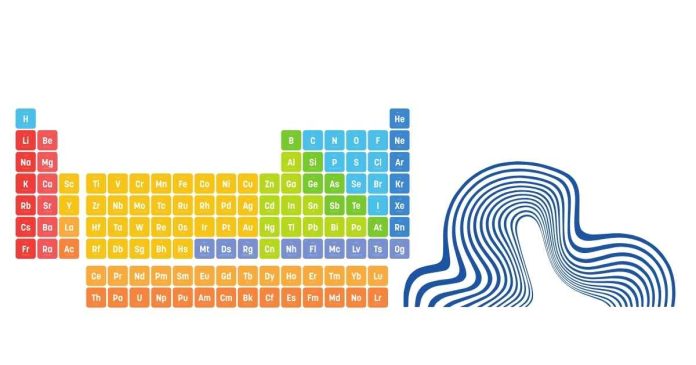The element “PH” does not correspond to any known chemical element in the periodic table. It’s possible that you might be referring to the pH scale, which is a measure of the acidity or alkalinity of a solution, but pH itself is not an element.
- pH Scale: The term “pH” refers to a scale used to measure the acidity or alkalinity of a solution. The scale ranges from 0 to 14:
- A pH of 7 is neutral (like pure water).
- A pH lower than 7 indicates an acidic solution (e.g., lemon juice, vinegar).
- A pH higher than 7 indicates an alkaline or basic solution (e.g., soap, baking soda).
The scale is logarithmic, meaning each whole number change represents a tenfold change in acidity or alkalinity.
- Chemical Elements: As for “PH” being an element, there is no element in the periodic table with the symbol “PH.” All elements are represented by a one- or two-letter symbol, and none of them use “PH.” For example:
- “P” is the symbol for Phosphorus.
- “H” is the symbol for Hydrogen.


